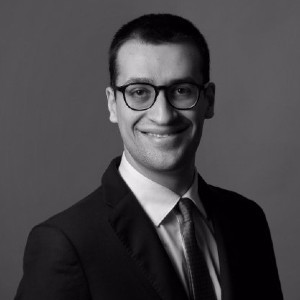Hi All,
Recently did a case from the Kellogg consulting book about a biotech company that developed a chemical that controls the ripening of produce, particularly apples. The client wants to know if they should commercialize the product, assuming profitability is the primary objective.
There are two different ways I though of structuring/framing it and am not sure if one is better than the other:
Option A ("Traditional")
1. Is the market attractive (i.e. size in acres of apple orchards, is this growing or shrinking, what other products/competitors exist for this product?)
2. Can the client win the market (is their product good and how much value does it add, can they price it effectively, do they have the L/K to produce at scale, etc.)
3. Is it financially viable (Revenue: what will the price be, how many units/acres can they sell? Costs: unit costs to produce and any other up front investments?)
4. What are the risks (primarily environmental and regulatory).
OR
Option B ("Driver focused")
1. Start with a profit tree showing revenue and costs and using that as the backbone of the case. For example, for revenue I would look at the total size of the market, the market share that the company can achieve, and then the price they can charge…compare to costs and then only once it has been established that it is a profitable project then look at the qualitative/operations/risk factors.
In general I struggle with deciding whether to structure cases like this with a more traditional “structure" versus a “goal focused” approach. I assume it depends on how the case is set up and what the goals are but any clarity would be appreciated.
Thanks!














